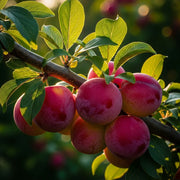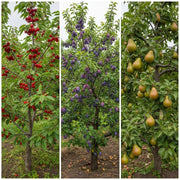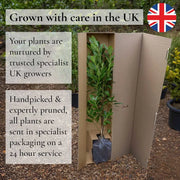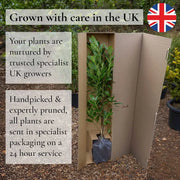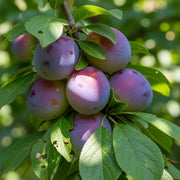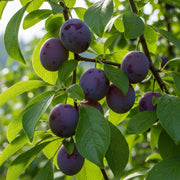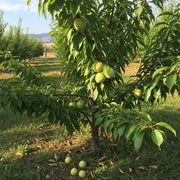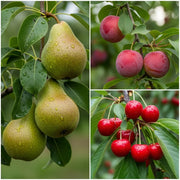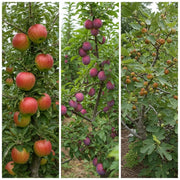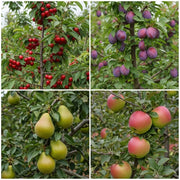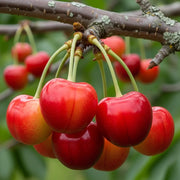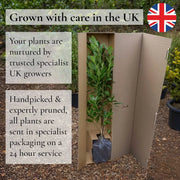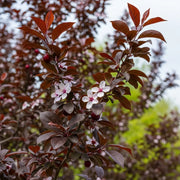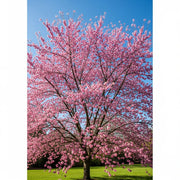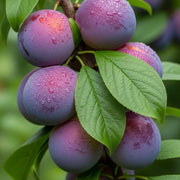Elevate your garden with the beauty and bounty of a plum tree. Our hand-picked collection offers a fantastic choice of varieties, ensuring you can enjoy your own homegrown, sweet plums year after year. Find your perfect plum tree today.
Elevate your garden with the beauty and bounty of a plum tree. Our hand-picked collection offers a fantastic choice of varieties, ensuring you can enjoy your own homegrown, sweet plums year after year. Find your perfect plum tree today.
